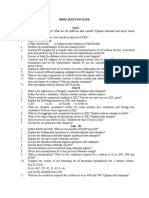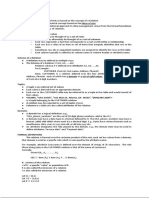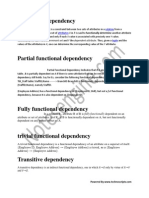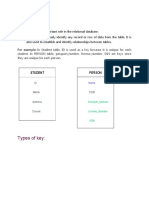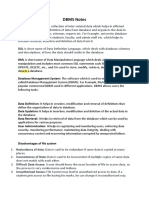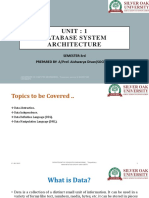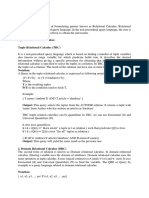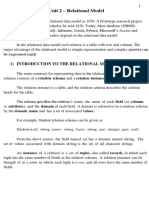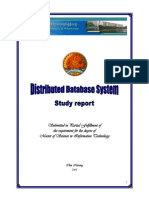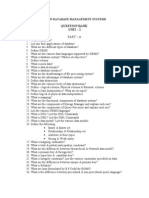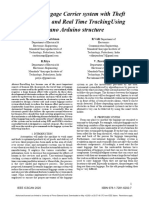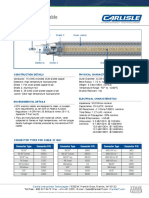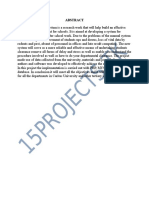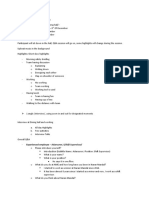100% found this document useful (1 vote)
2K views3 pagesDBMS Study Guide for Students
The document outlines important questions from 5 units of a Database Management Systems course. Unit 1 covers differences between file systems and DBMS, data modeling, and ER diagrams. Unit 2 introduces relational models, integrity constraints, and relational algebra. Unit 3 focuses on SQL queries, operations, and constraints. Unit 4 discusses transaction management, concurrency control, isolation levels, and recovery techniques. Unit 5 examines file organization, indexing methods, and comparing access structures.
Uploaded by
munugotisumanthraoCopyright
© © All Rights Reserved
We take content rights seriously. If you suspect this is your content, claim it here.
Available Formats
Download as PDF, TXT or read online on Scribd
100% found this document useful (1 vote)
2K views3 pagesDBMS Study Guide for Students
The document outlines important questions from 5 units of a Database Management Systems course. Unit 1 covers differences between file systems and DBMS, data modeling, and ER diagrams. Unit 2 introduces relational models, integrity constraints, and relational algebra. Unit 3 focuses on SQL queries, operations, and constraints. Unit 4 discusses transaction management, concurrency control, isolation levels, and recovery techniques. Unit 5 examines file organization, indexing methods, and comparing access structures.
Uploaded by
munugotisumanthraoCopyright
© © All Rights Reserved
We take content rights seriously. If you suspect this is your content, claim it here.
Available Formats
Download as PDF, TXT or read online on Scribd
/ 3
